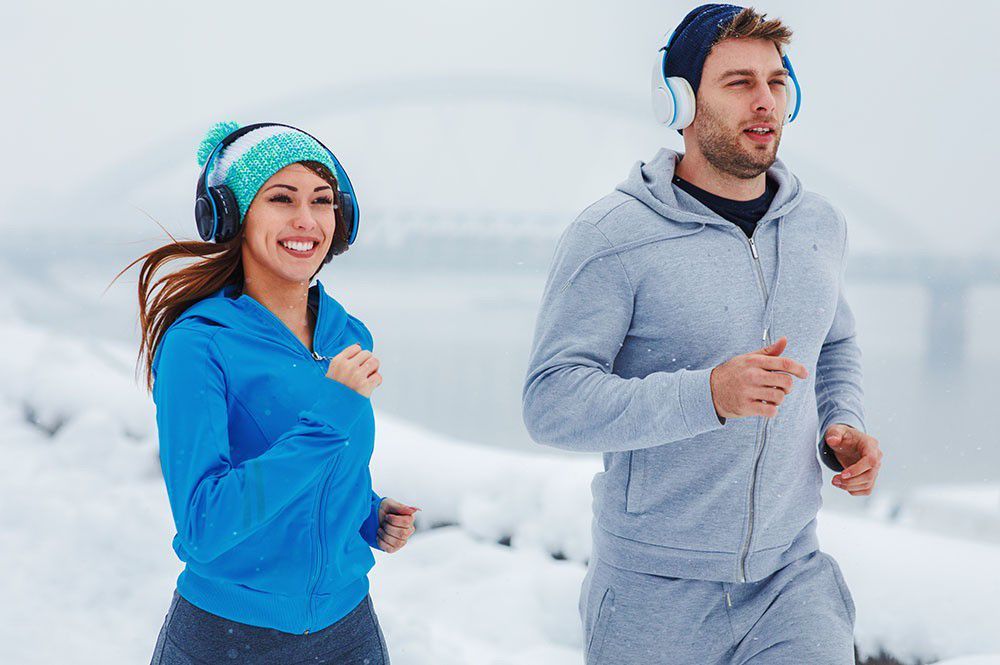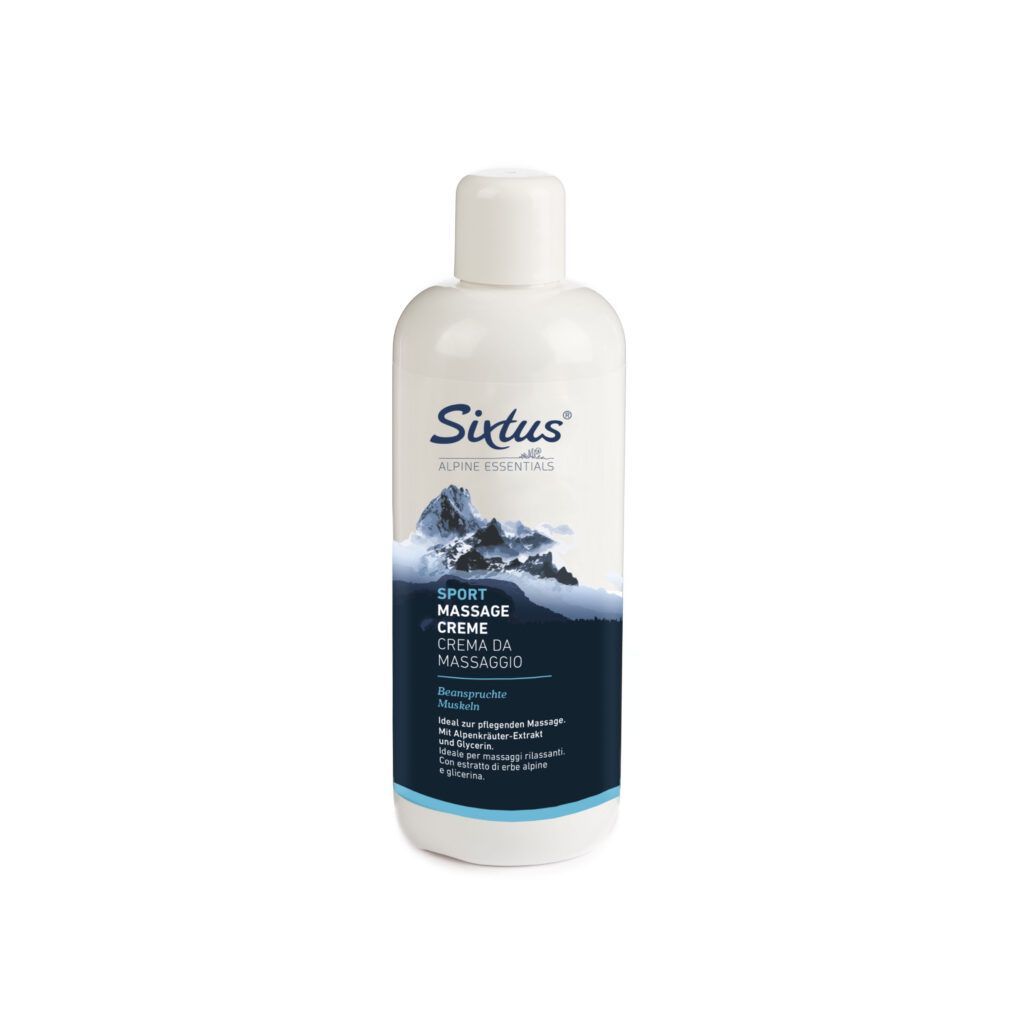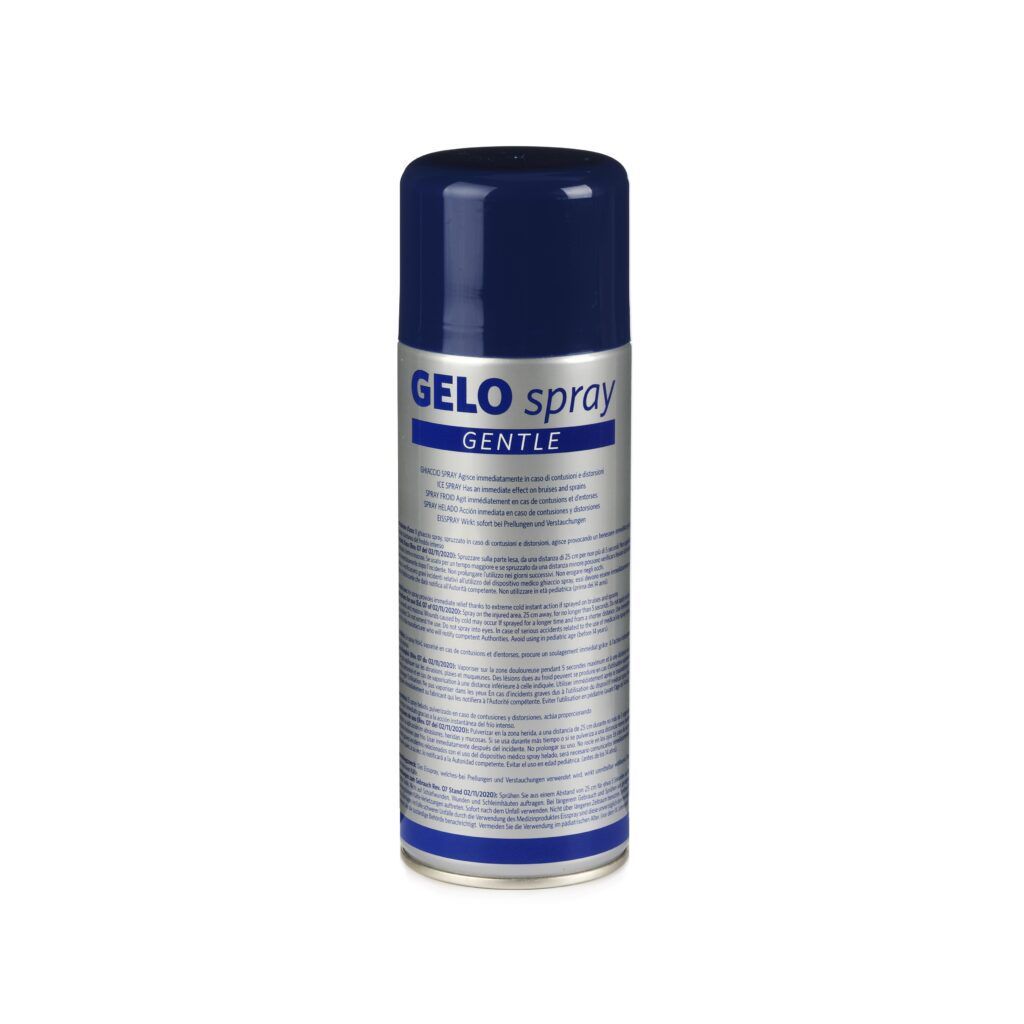Is running in the cold good for you?

- 1 Benefits
- 2 training
Benefits of running in the cold
Mens sana in corpore sano, as the saying goes, and it’s true: when the body and mind are adequately stimulated, an optimal psycho-physical state is achieved to face daily life excellently. Here are the positive aspects of training in the cold:
Preparing for cold weather training
It is essential to arrive well-prepared for the initial challenge when the body is not yet warmed up, and the external cold pervades and envelops everything. Before starting, it is advisable to pay attention to clothing: for running in the cold in winter, technical clothing is recommended to control body temperature and sweat. Layering is another useful way to make the most of the winter running experience: this way, the garments will fit snugly against the skin, retaining the warmth of body temperature. Before starting the cold run, it is advisable to dedicate some time to warm-up to reduce the chances of injuries, especially at the muscular level: fifteen minutes of stretching for legs, arms, and back are not wasted time, especially if seen as an integral part of outdoor training, useful for warming up the muscles that will be challenged not only by running but also by the cold. Bringing the body already in motion will increase heart rate, as well as blood pumping in the veins, and this will be useful in feeling the body more active and resistant. The use of toning creams for pre-activity warming massage is excellent for preparing the muscle for outdoor sports, while ready-to-use supplements are convenient to carry and take when you need extra support. Finally, once the outdoor training is finished, it is crucial not to underestimate stretching in a sheltered place, reducing the risk of muscle tears and strains. Changing promptly as soon as the run is finished prevents sweat from remaining on the body and increases the risk of illnesses caused by the wet layer on the body: therefore, a warm shower and suitable, dry clothing are recommended as soon as the run is over.






